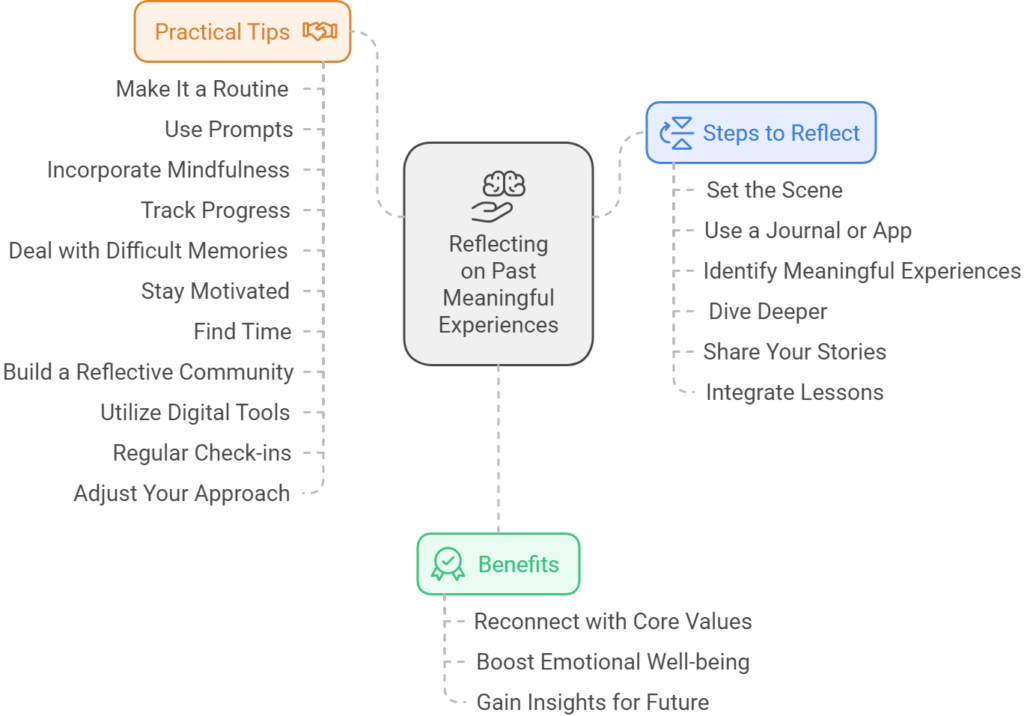
Setting and achieving goals can help improve your quality of life, happiness, and well-being. This guide combines proven techniques and tools to help you regularly set and track your goals to stay engaged and successful in personal and professional endeavors.
Introduction
Let’s dive into the basics of goal setting and progress tracking. Goals are the aims you set for yourself to achieve something significant, whether in your personal life or your career. Tracking your progress is about monitoring how you are getting closer to these goals, adjusting strategies when needed, and staying motivated.
The Science of Goal Setting
What Is Goal Theory?
Goal theory centers around the idea that setting clear, challenging goals directs your focus, increases effort, and drives the development of strategies to reach those goals. This theory, backed by research, specifically emphasizes that specific and challenging goals lead to higher performance than vague or easy ones.
Components of Effective Goals
To set effective goals, keep these elements in mind:
- Specificity: Clearly define what you want to achieve. Vague goals lead to vague results.
- Challenge: Set goals that stretch your abilities, but are still attainable.
- Commitment: Invest emotionally in your goals to maintain your interest and effort.
- Feedback: Regularly check your progress to refine and adjust your approach.
- Task Complexity: Break larger goals into smaller, manageable tasks to prevent feeling overwhelmed.
Setting Personal and Professional Goals
Personal Goals
Personal goals relate to your health, relationships, education, or any aspect of your life that you value. Here’s how to set them:
- Self-Reflection: Consider your strengths, weaknesses, desires, and values.
- Vision Creation: Imagine your ideal future and identify what you want to achieve.
- Goal Breakdown: Convert broad desires into specific, actionable goals.
- Prioritization: Focus on goals that will significantly improve your life satisfaction.
- Plan Development: Outline a detailed action plan, including steps, resources, and timelines.
Professional Goals
Professional goals focus on career growth, skill enhancement, and professional relationships. Steps include:
- Career Evaluation: Assess your current role and where you want your career to go.
- Skill Gap Analysis: Identify the skills you need to develop.
- Networking: Set goals to build and expand your professional network.
- Performance Metrics: Align your goals with key performance indicators in your job.
- Continuous Learning: Commit to ongoing education and skill development.
Progress Tracking and Management
Monitoring Techniques
Here’s how to stay on top of your progress:
- Regular Reviews: Schedule regular check-ins (daily, weekly, or monthly) to review your progress.
- Technology Utilization: Use apps and software for task management and progress tracking.
- Journaling: Keep a personal journal to reflect on your journey and emotional responses.
Feedback Mechanisms
Feedback is crucial for staying on track:
- Self-Assessment: Regularly measure your progress against your goals.
- Peer Reviews: Get feedback from friends, colleagues, or mentors.
- Professional Evaluations: Use performance reviews in the workplace for professional goals.
Adjusting Goals
Be flexible and adaptable:
- Relevance Check: Ensure your goals still align with your growth.
- Flexibility: Modify your goals if circumstances change.
- Overcoming Plateaus: Develop strategies for when progress stalls.
Tools and Resources for Goal Setting and Progress Tracking
Digital Tools
Boost your efficiency with these tools:
- Project Management Software: Tools like Asana, Trello, and Monday.com help you break down tasks and monitor progress.
- Goal Tracking Apps: Apps like GoalsOnTrack and Strides are perfect for managing personal goals.
- Analytics Tools: Use these for detailed tracking and predictions, especially in professional settings.
Non-Digital Tools
For those who prefer tangible methods:
- Planners and Organizers: Paper-based systems can be very effective.
- Vision Boards: Create boards to visually represent your goals, keeping you motivated.
- Mind Maps: Use these for brainstorming and planning steps to achieve your goals.
Conclusion
Goal setting and progress tracking are powerful tools for personal and professional growth. By setting specific, challenging goals and regularly monitoring your progress, you can achieve significant improvements in your life. Remember to stay committed, be flexible, and make continuous adjustments to stay on track. These habits will help you maintain engagement and achieve sustained success, enhancing your overall well-being and happiness.
